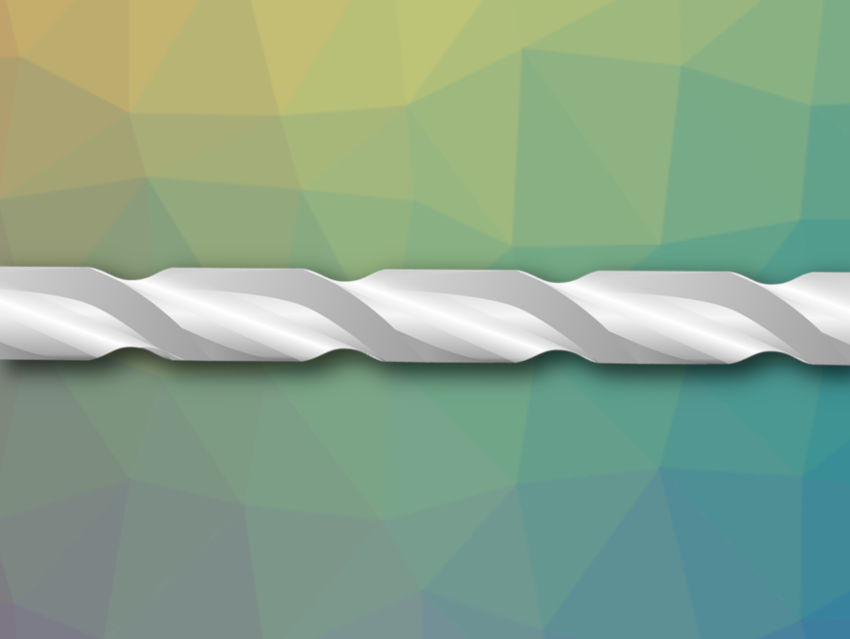Chiral nanomaterials can be useful, e.g., for optical, catalytic, or sensing applications. The properties of these materials are closely linked to to their specific chiral structures. Some inorganic chiral nanomaterials, for example, have chiral crystal structures and show interesting chirality-dependent optical properties. Understanding the growth and structures of such molecules is an interesting field of research and might be useful for rational design of functional chiral materials.
Yanhang Ma, ShanghaiTech University, China, and colleagues have studied the growth of highly crystalline chiral tellurium nanowires using high-resolution electron microscopy and electron diffraction. The team synthesized chiral tellurium nanocrystals via the reduction of tellurium oxide (TeO2) with hydrazine hydrate in an alkaline aqueous solution. They obtained tellurium nanowires with uniform morphologies and lengths of around 500 nm.
The team used selected-area electron diffraction (SAED) and high-angle annular dark field scanning transmission electron microscopy (HAADF-STEM) to learn more about the structure of individual nanowires. The tellurium has a chiral crystal structure, with the overall product being a racemate consisting of nanowires that are “twisted” into one of two enantiomorphic (mirror-image) forms.
To understand the growth process, the team characterized the products obtained at different reaction times. They learned that the system follows a nonclassical growth mechanism in which nanowire shapes are formed first from tellurium clusters and then, as the nanowires continue to grow, some domains within the wires begin to crystallize independently. These crystalline domains with different orientations are then merged into a single tellurium nanocrystal. The team also found that D– or L-penicillamine can be used as chiral inducers during the growth process that promote growth and lead to an excess of one enantiomorphic structure.
- Unraveling the Growth Mechanism of Chiral Inorganic Nanocrystals via High-Resolution Electron Microscopy,
Chaoyang Chu, Yao Wang, Yanhang Ma,
J. Am. Chem. Soc. 2024.
https://doi.org/10.1021/jacs.4c13478



